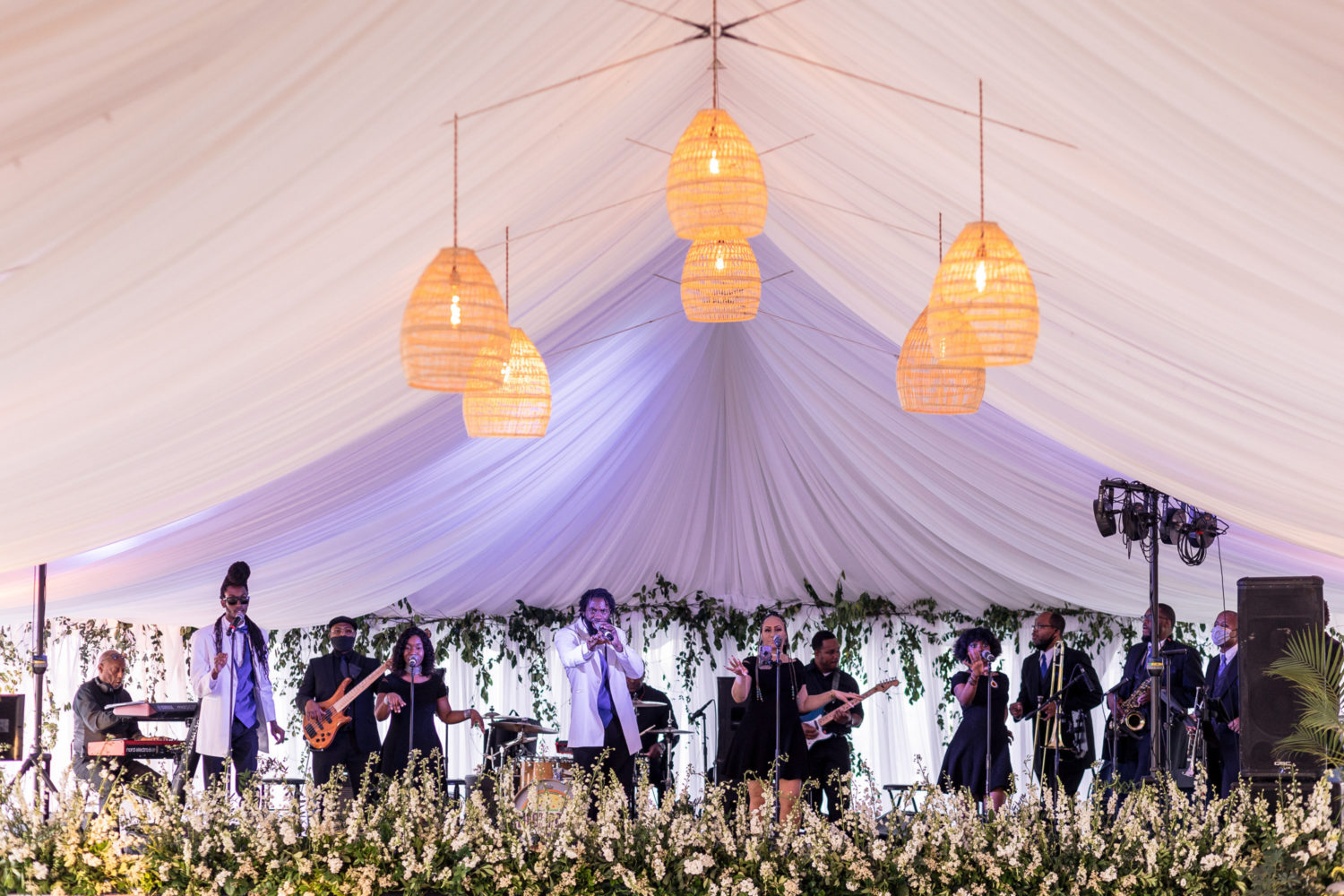By: Lindsay Moran
Washington is an increasingly diverse area, and so is its wedding scene. The number of foreign diplomats, World Bank employees, and second-generation immigrants means that multicultural nuptials are common.
“It’s actually rare for me to plan a wedding where the bride and groom are the same religion or have the same ethnic background,” says Laura Metro, president of M Street Agency in Bethesda.
Throwing a multicultural affair has its challenges. Some couples host two events, each reflective of a different culture. Others design a ceremony and reception that incorporate divergent traditions.
Here is one couple who managed to pull off such a wedding, each in their own way.
A Turkish-Armenian Wedding
A Turkish-Armenian wedding might seem like something out of Shakespearean tragedy, à la Romeo and Juliet. During the Ottoman Empire, the Turks waged a campaign of deportation and death against Armenians. Historians have called it a genocide, a label the government of Turkey and many ethnic Turks reject.
In May 2004, Melissa McCain, who is of Turkish descent, and Carl Bazarian Jr., whose father is Armenian, decided to marry. The Arlington couple, who met as undergrads at American University, held the wedding in Florida, where Carl’s parents live.
For Melissa, the biggest challenge was her mother, who lives in Turkey. Her mother didn’t understand why her daughter chose to marry in a church—civil ceremonies are the norm in Turkey because religious ceremonies aren’t legally recognized—or in this country.
“It would’ve been unrealistic to expect people to fly to Turkey, especially if a third of those people were Armenian,” says Melissa, a federal-contracts manager for Accenture.
Then there was the cultural gap between her parents and in-laws: In Turkey, the bride’s family pays for an elaborate engagement party, while the groom’s family pays for the wedding. Armenian tradition calls for the bride’s family to host the wedding.
“My parents were making no move to do that,” Melissa says. “My in-laws were great about it, though—they paid for the majority of the wedding. My husband and I paid for certain things.”
Another obstacle was finding a priest from the Armenian Apostolic Church who would marry them. They were lucky: Months before the wedding, the bride was baptized and confirmed by a priest who was a friend of the Bazarian family, so they flew him to Florida to officiate.
The ceremony largely reflected Carl’s Armenian heritage. One of his uncles held a cross over the couple, who wore crowns and sat in thronelike chairs. “It’s symbolic of becoming king and queen of your own little kingdom,” says Melissa, 29. In a practice common in both Armenia and Turkey, the bride wore an “evil eye” talisman pinned to her ivory-colored silk-satin gown. The talisman is believed to ward off the envious “third eye.”
As the newlyweds entered the reception, bridesmaids tossed ribbon-tied tulle bundles, which the bride’s mother brought from Turkey. “The bundles were stuffed with gold-colored coins so that we never have money problems, grains of rice so we never are hungry, and little candies so that we always speak sweetly to each other,” says Melissa.
Guests dined on Turkish-Armenian fare such as boreg (similar to spanakopita), stuffed grape leaves, shish kebab, and fasulye, a Middle Eastern dish of green beans stewed with tomatoes.
One problem Melissa and Carl, an investment banker, couldn’t avoid: Some guests discussed Armenian-Turkish relations. “It wasn’t the time or place to bring it up,” she says.
The couple knows it could have been worse. “In the end, all of the little things that could have gone wrong never happened,” says Carl, 33. He and his wife welcomed a baby boy in November.

















